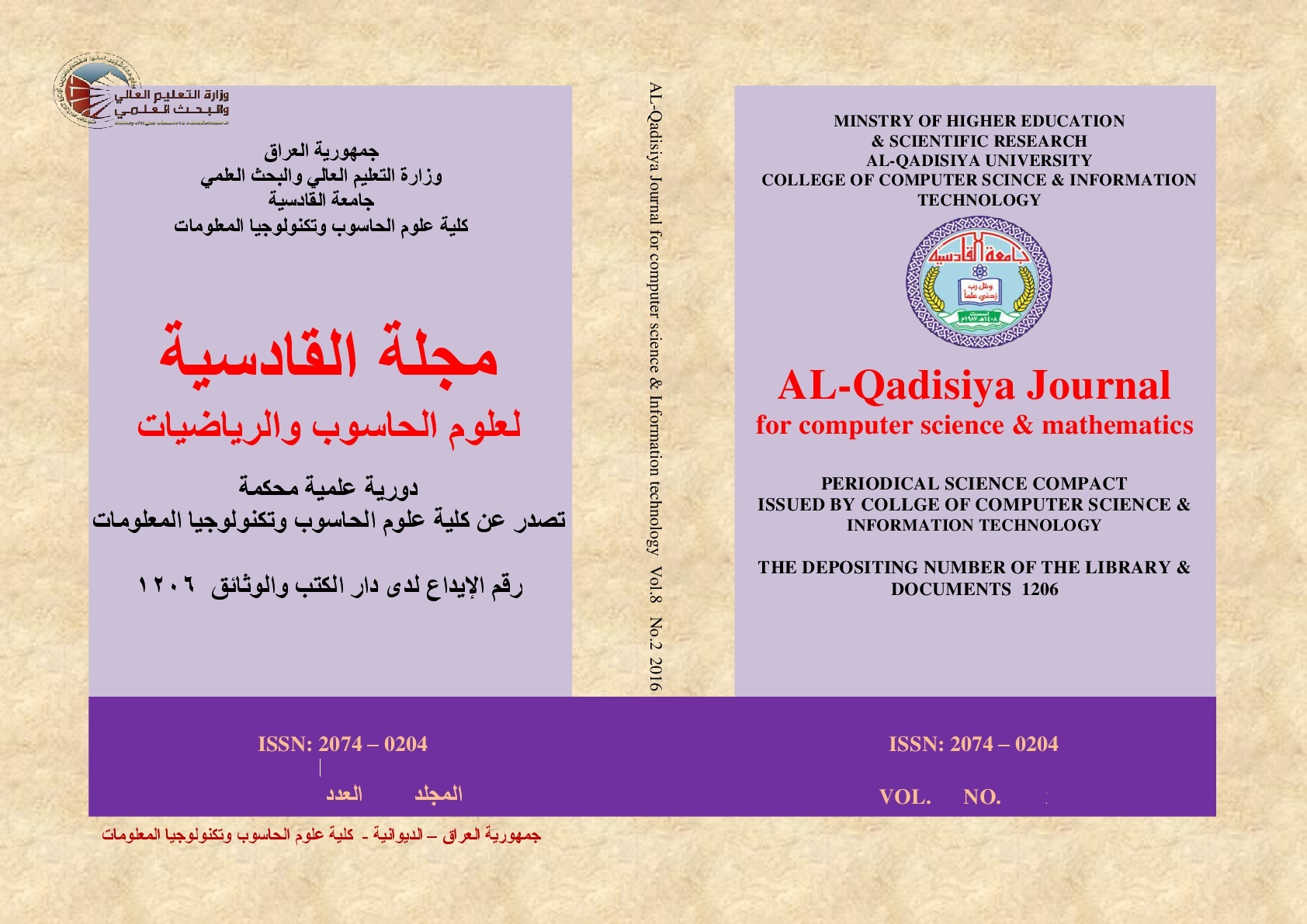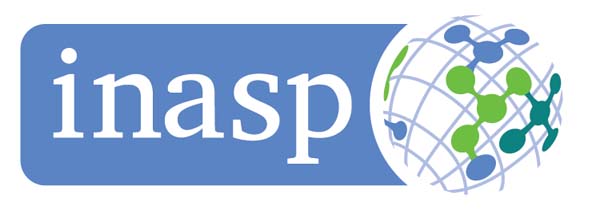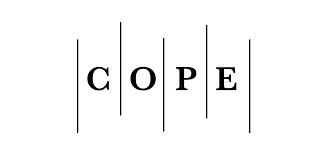Predicting the Quality of Software by Using Cat Swarm Optimization (CSO) Algorithm
DOI:
https://doi.org/10.29304/jqcsm.2025.17.11981Keywords:
Software Defect, Machine Learning, Prediction, OptimizationAbstract
In the early stages of software engineering, efforts were made to enhance software quality by using quality indicators that are considered vital in software development. Software testing was improved and software issues were identified via the use of predictive quality metrics. An evaluation, testing, and analysis system based on a dataset extracted from the NASA quality metrics database utilising a cat swarm optimization approach is the goal of this project, this is doing by applying two steps: first step is preprocessing of the data to process the missing value and after that apply normalization, second step using CSO algorithm to find the goal of this study is to predicting the quality of software. This research demonstrates how effective machine learning approaches are at extracting knowledge from big databases and offers useful insights into software quality prediction, when compared to all of the classification techniques used in the research, the results demonstrated that the approach considerably improved the accuracy rate to 96% in predicting quality performance.
Downloads
References
- Liqun, S., Shaoqiang, Z., Jiangshan, L. Reactive power optimization of wind/solar power storage and distribution network based on multi-objective sand cat swarm algorithm. J. Nanjing Univ. Inf. Sci. Technol, (2023). doi:https://doi.org/10.13878/j.cnki.jnuist.20230621001.
- Kaizheng, J. & Liping, L. Optimization of fault diagnosis for stacked denoising auto encoder’ s engine by improved sand cat swarm optimization algorithm. J. Mach. Des. 40, 56–62 (2023).
- IEEE Std 610.12., 1990, IEEE Standard Glossary of Software Engineering Terminology.
- Broy, M., (2011), " The Future of Software Engineering", S. Nanz (ed.), SpringerVerlag Berlin Heidelberg. ISBN 978-3-642-15186-6.
- Pressman, R., 2010, "Software Engineering: A Practitioner's Approach", 7th Edition, McGraw-Hill, New York, USA, ISBN 978-0-07-337597-7
- Chu S. C. and Tsai P. W., Computational intelligence based on the behavior of cats, International Journal of Innovative Computing, Information and Control. (2007) 3, no. 1, 163–173.
- Chu S. C., Tsai P. W., and Pan J. S., Cat swarm optimization, Proceedings of the Pacific Rim International Conference on Artificial Intelligence, August 2006, Guilin, China, Springer, 854–858.
- P. Mehta et al., “A high-bias, low-variance introduction to Machine Learning for physicists,” Physics Reports,vol. 810, pp. 1–124, May 2019, doi: https://doi.org/10.1016/j.physrep.2019.03.001.
- M. I. Jordan and T. M. Mitchell, “Machine learning: Trends, perspectives, and prospects,” Science, vol. 349,no. 6245, pp. 255–260, Jul. 2020, doi: https://doi.org/10.1126/science.aaa8415.
- J. E. van Engelen and H. H. Hoos, “A Survey on semi-supervised Learning,” Machine Learning, vol. 109, Nov.2019, doi: https://doi.org/10.1007/s10994-019-05855-6.
- Y. Matsuo et al., “Deep learning, reinforcement learning, and world models,” Neural Networks, Apr. 2022, doi:https://doi.org/10.1016/j.neunet.2022.03.037.
- S. Sun, Z. Cao, H. Zhu, and J. Zhao, “A Survey of Optimization Methods From a Machine Learning
Perspective,” IEEE Transactions on Cybernetics, vol. 50, no. 8, pp. 3668–3681, Aug. 2020, doi:
https://doi.org/10.1109/tcyb.2019.2950779.
- J. R. R. A. Martins and A. Ning, Engineering Design Optimization. Cambridge University Press, 2021.
Accessed: Jul. 31, 2024. [Online]. Available:
https://books.google.iq/books?hl=en&lr=&id=dBVEEAAAQBAJ&oi=fnd&pg=PR13&dq=%5B13%5D%09Martins.
- M. Prosperi et al., “Causal inference and counterfactual prediction in machine learning for actionable
healthcare,” Nature Machine Intelligence, vol. 2, no. 7, pp. 369–375, Jul. 2020, doi:
https://doi.org/10.1038/s42256-020-0197-y.
- W. Ben Chaabene, M. Flah, and M. L. Nehdi, “Machine learning prediction of mechanical properties of
concrete: Critical review,” Construction and Building Materials, vol. 260, p. 119889, Nov. 2020, doi:
https://doi.org/10.1016/j.conbuildmat.2020.119889.
- Sommerville, I. , 2011 , "Software Engineering" , 9th Edition , Addison Wesley, ISBN-13: 978-0-13-703515-1
- S. Kim, H. Zhang, R. Wu and L. Gong, 2011 “Dealing with noise in defect prediction”, Proceeding of the 33rd International Conference on Software engineering - ICSE ’11, pp. 481-490.
- M. M. Kabir, M. Shahjahan and K. Murase, , (2012) “A new hybrid ant colony optimization algorithm for feature selection”, Expert Systems with Applications, vol. 39, no. 3, pp. 3747-3763
- S. C. Yusta, (2009), “Different metaheuristic strategies to solve the feature selection problem”, Pattern Recognition Letters, vol. 30, no. 5, pp. 525-534.
- Pressman, Roger S.,(2010)," Software Engineering: A Practitioner’s Approach", 7th edition , McGraw-Hill, ISBN 978–0–07–337597–7, ISBN 0–07–337597–7.
- Mohd. Ehmer Khan. 2011, “Different Approaches to White Box Testing Technique for Finding Errors", International Journal of Software Engineering and Its Applications.
- Grosan, C., Abraham, A.,(2011), " Intelligence Systems", Springer, Verlag Berlin Heidelberg, ISBN 978-3-642-21003-7.
- Chang R, Lai L. , Wang J. and Kouh J. , 2007, "Intrusion Detection by Back propagation Neural Networks with Sample-Query and Attribute-Query", Department of Engineering Science and Ocean Engineering, National Taiwan University, International Journal of Computational Intelligence Research. Vol.3, No. 1 .
- Gaitonde,V.,Karnik,S.,(2012),"Minimizing burr size in drilling using artificial neural network(ANN)-Particle swarm optimization(PSO) approach", Springer Science+ Business, J IntellManuf , Vol.23,pp.1783-1793, doi: 10.1007/s10845-010-0481-5
- Ibrahim Ahmed Saleh, Salha Raa’d Mahammead,” Apply Particle Swarm Optimization Algorithm to Measure the Software Quality”, Al-Rafidain Journal of Computer Science and Mathematics, Volume (12), Issue (2018) 1.
- N. Prabhakaran, R. Nedunchelian,” Oppositional Cat Swarm Optimization-Based Feature Selection Approach for Credit Card Fraud Detection”, Computational Intelligence and Neuroscience(2023), https://doi.org/10.1155/2023/2693022.
Downloads
Published
How to Cite
Issue
Section
License
Copyright (c) 2025 Zuhal Adil Madlool

This work is licensed under a Creative Commons Attribution-NonCommercial-NoDerivatives 4.0 International License.













